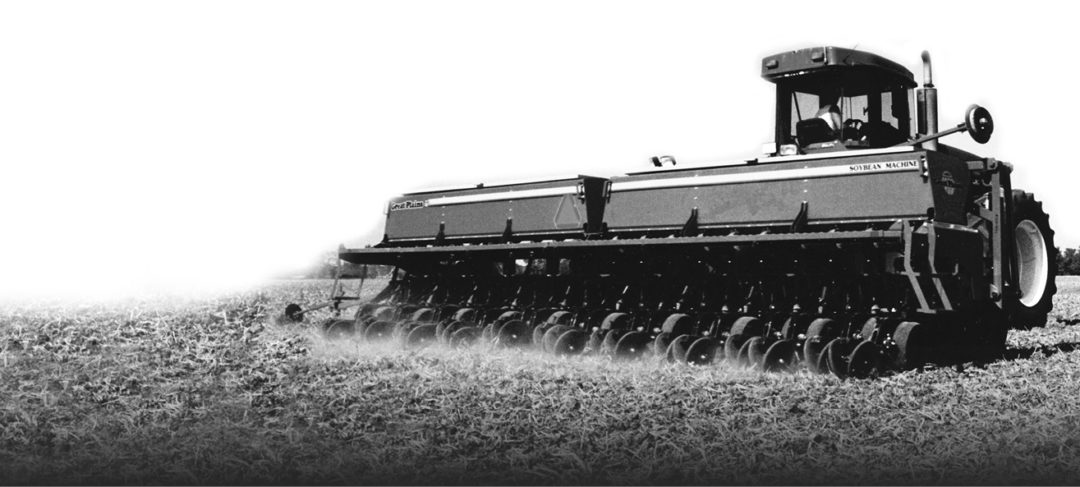No-Till Farmer
Get full access NOW to the most comprehensive, powerful and easy-to-use online resource for no-tillage practices. Just one good idea will pay for your subscription hundreds of times over.

Most modern agronomists would laugh at the planting dates followed by our forefathers. Times were different. The economy was different. And the information we knew about the soil, most effective planting dates and what it ultimately means to the crop was definitely different.
Meet Paul Jasa, an agricultural engineer at the University of Nebraska. He says early no-till soybeans might provide more value than just bragging rights. Early no-tilling could spread your workload, increase the health of the crop and improve your bottom line, especially if you’re losing yield due to late planting.
Jasa clarifies his approach to early planting dates from the perspective of an engineer. “I’m not looking at no-tilling soybeans early as far as agronomy is concerned,” he says. “I’m looking at it from machinery management issues. To me, early means corn planting time. A lot of producers don’t have two planters, or a planter and a drill, and aren’t going to hire extra help. That’s why I’m looking at how wide we can get our planting dates.”
No-tilling some soybeans before planting corn might seem a strange notion, but a willingness to do things differently could boost your profits.
“Things are changing,” the Nebraska engineer says. “We have 7 1/2-inch no-till drills, 15-inch drills, planters, planters with interplant units, and air seeders. To save on equipment, we really need to use the same planting equipment for both corn and soybeans. Obviously, you can’t plant them at the same time…